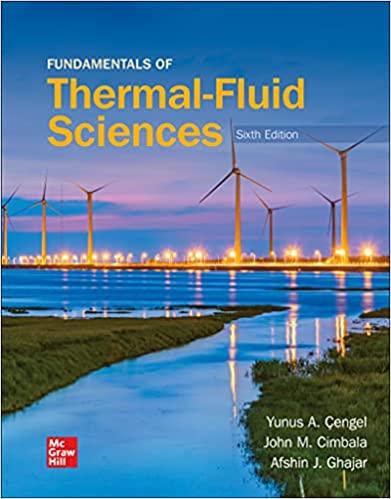Answered step by step
Verified Expert Solution
Question
1 Approved Answer
Task 5 : Absorption ( 1 1 P ) Biogas consists of the following compounds: methane, carbon dioxide, nitrogen, oxygen ( see table ) .
Task : Absorption P
Biogas consists of the following compounds: methane, carbon dioxide, nitrogen, oxygen see table
For the recovery of methane it should be removed via absorption from the biogas stream in a first
step. The maximum residual load of methane in the biogas stream should be
after the absorption process. The removal of methane is carried out with absorption process using an
ionic liquid IL as absorption media. The absorption media after the desorber holds a residual load of
before entering the absorption column. Additionally assume that only methane
is absorbed
Composition of biogas:
f Draw a flow chart for the scrubbing of flue gas with all relevant streams and loads absorption
and following desorptionP
g Determine the minimum stream of absorbent media. The volumetric flow rate of the carrier gas
stream is kmoP
h Determine the number of theoretical stages for the absorption process. The real solvent ratio is
times the minimum solvent ratio. P
i Methane is to be regenerated with a pure stripping agent. Draw a possible operating line
Arbeitsgerade for the desorption process as a dashed line in the given load diagram. P
j Because of an error in the desorber, the IL holds a higher residual load of
before entering the absorption column. What follows for the absorption process with a constant
solvent ratio? Quantify your result with an exact value. P

Step by Step Solution
There are 3 Steps involved in it
Step: 1

Get Instant Access to Expert-Tailored Solutions
See step-by-step solutions with expert insights and AI powered tools for academic success
Step: 2

Step: 3

Ace Your Homework with AI
Get the answers you need in no time with our AI-driven, step-by-step assistance
Get Started


